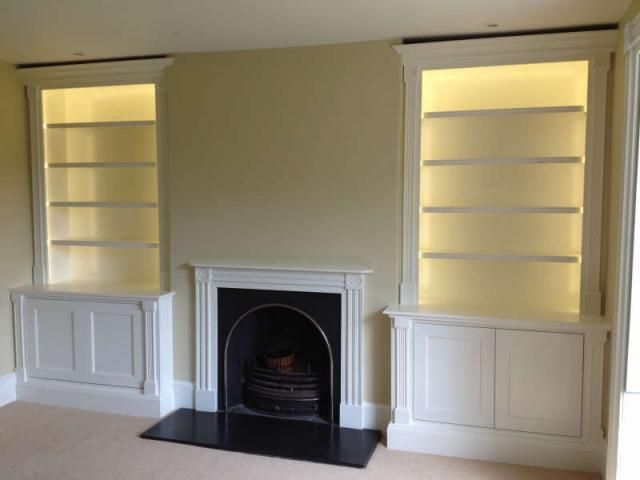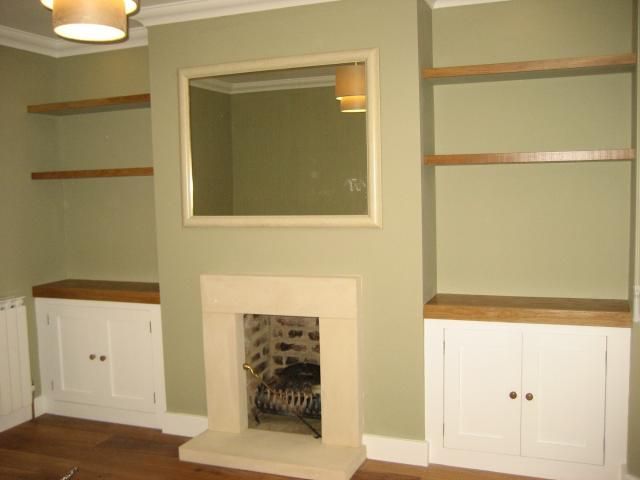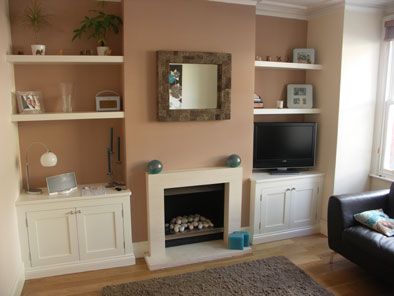jools182
Member
I'm thinking of putting up some floating shelves in the alcoves next to my fireplace
Underneath on one side I was going to build a built in cupboard
I've not done anything like that before
I'll have access to a router, but will mostly be using hand tools and a workmate
Should I just use 2x2 or 3x2 to build the frame of the unit screwed to the wall?
Any construction tips for the main body and doors?
Also what timber would be best for the top of the unit?
It will either be all painted, or front painted and top left bare and varnished or oiled
something like these:



Underneath on one side I was going to build a built in cupboard
I've not done anything like that before
I'll have access to a router, but will mostly be using hand tools and a workmate
Should I just use 2x2 or 3x2 to build the frame of the unit screwed to the wall?
Any construction tips for the main body and doors?
Also what timber would be best for the top of the unit?
It will either be all painted, or front painted and top left bare and varnished or oiled
something like these:






